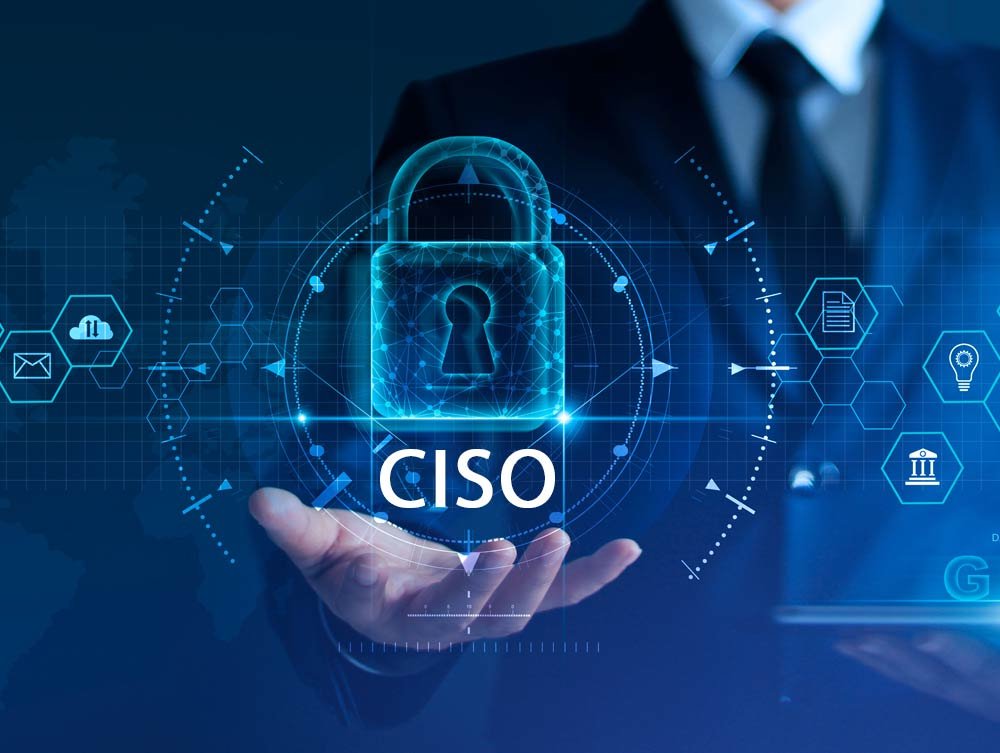
Introduction:
In the dynamic battlefield of cybersecurity, the Chief Information Security Officer (CISO) is not only a guardian but a strategic commander armed with an array of tools to combat ever-evolving threats. In this blog post, we will explore the CISO's toolkit, examining the diverse strategies they employ to fortify the defenses of organizations and stay one step ahead in the relentless pursuit of cyber resilience.
Threat Intelligence and Monitoring:
- The CISO relies on comprehensive threat intelligence to stay informed about emerging cyber threats.
- Continuous monitoring of network traffic and system activities helps detect anomalies and potential security incidents.
Security Awareness Training:
- Educating employees is a potent weapon in the CISO's arsenal.
- Regular security awareness training sessions empower staff to recognize and mitigate potential threats, turning them into a first line of defense.
Vulnerability Management:
- CISOs employ vulnerability assessment tools to identify weaknesses in systems and applications.
- A proactive approach involves patching and remediation strategies to address vulnerabilities before they can be exploited.
Incident Response Planning:
- Preparing for the worst, CISOs develop robust incident response plans.
- Regular testing and simulation exercises ensure that the organization is well-equipped to respond effectively to a cybersecurity incident.
Endpoint Protection:
- Implementing advanced endpoint protection solutions safeguards individual devices from malware and other malicious activities.
- Endpoint detection and response (EDR) technologies enable real-time monitoring and response to security incidents.
Encryption and Data Protection:
- CISOs leverage encryption technologies to protect sensitive data, both in transit and at rest.
- Data loss prevention (DLP) solutions add an extra layer of security by monitoring and controlling data transfer.
Identity and Access Management (IAM):
- IAM solutions help manage user identities and control access to critical systems and data.
- Multi-factor authentication (MFA) enhances security by requiring multiple forms of verification for user access.
Collaboration with External Partners:
- CISOs actively engage with external partners, sharing threat intelligence and collaborating on cybersecurity initiatives.
- Information sharing enhances the collective defense against cyber threats.
Challenges and Evolving Strategies:
The CISO's toolkit is in a perpetual state of evolution. As new threats emerge and technologies advance, CISOs must adapt their strategies. Challenges such as zero-day exploits, social engineering tactics, and the proliferation of Internet of Things (IoT) devices require continuous innovation and a proactive approach to cybersecurity.
Conclusion: Guardians of the Digital Realm
In the complex landscape of cybersecurity, the CISO stands as a vigilant guardian armed with a diverse and dynamic toolkit. By combining advanced technologies, strategic planning, and a commitment to ongoing education, the CISO plays a crucial role in ensuring the resilience of organizations against cyber threats. As we navigate the digital future, the CISO's toolkit remains indispensable in the ongoing battle for a secure and interconnected world.
